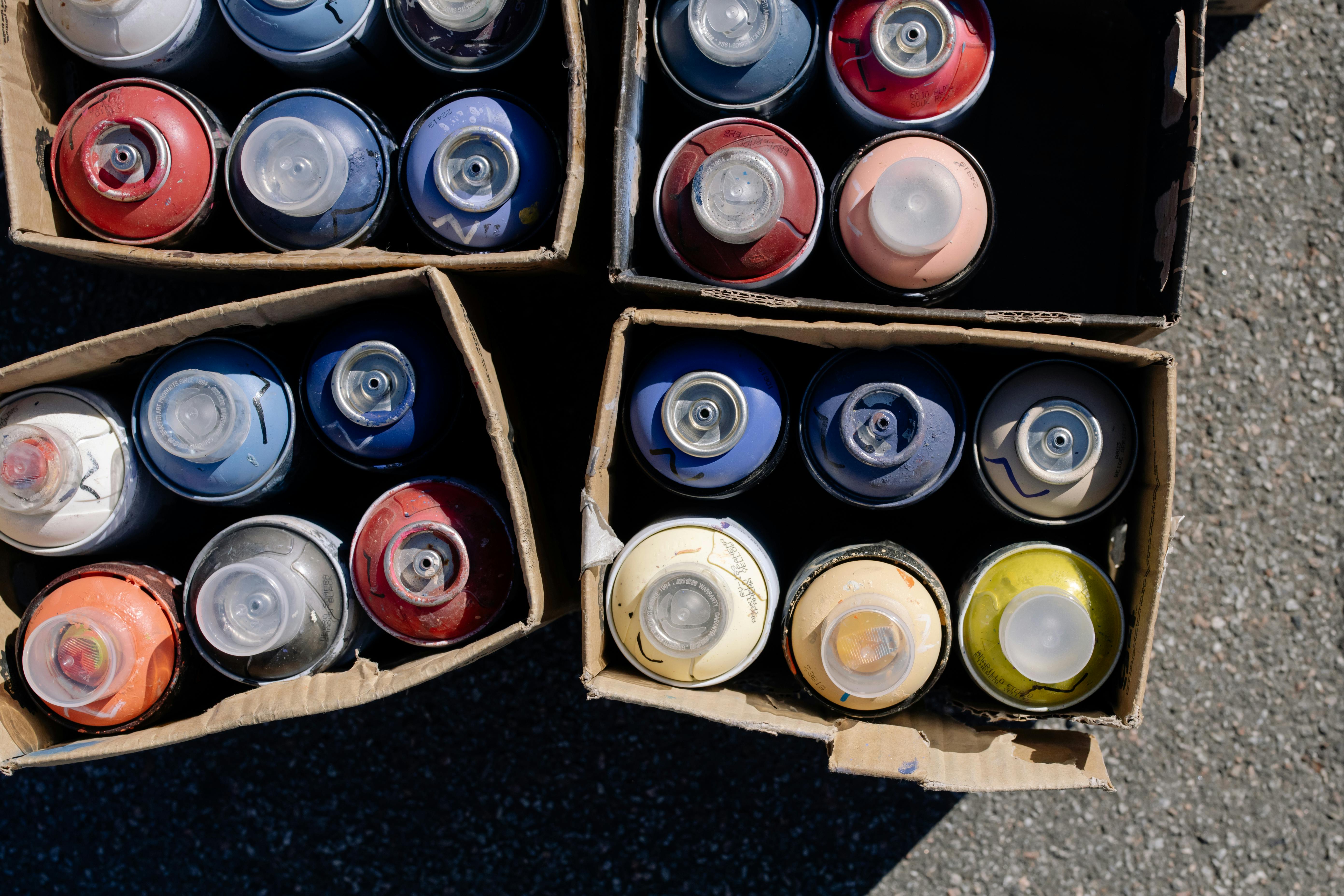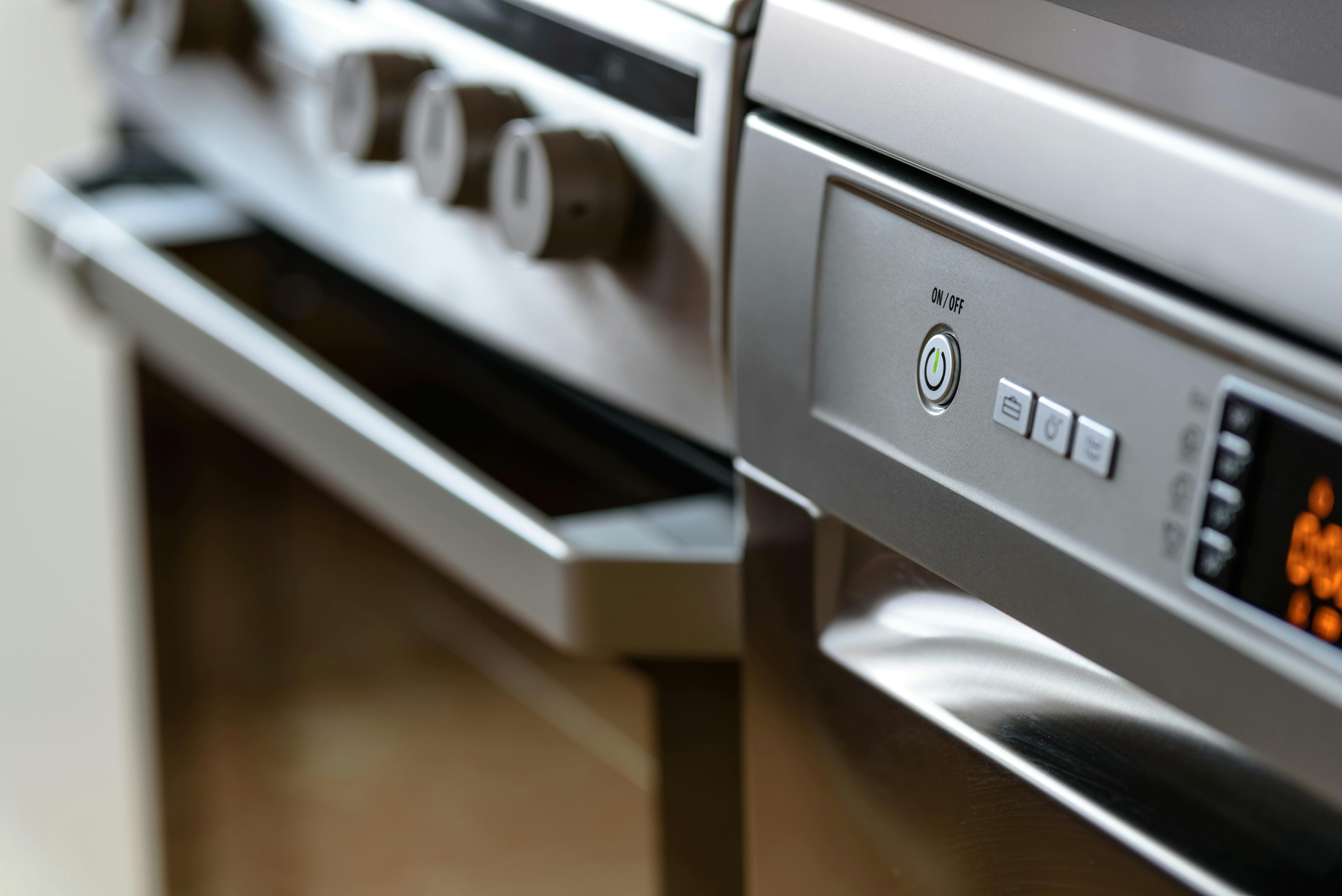A sleeping bag is probably the second most important item to buy after your tent. Sleeping bags can be of many types; depending on personal preferences and outside temperature. The shape, size, room to move, and feel of the fabric should be tested, just as you would a mattress for your bed at home.
Weather conditions can also determine what type of bag you will need, if any. In hot, dry conditions you may only need a lightweight ‘bed roll’ or a wool bag. At other times, cool night air will indicate a need for a warmer bag or a combination of warm clothing and a warm bag.
Style and shape
Unless your camping involves a lot of long-term backpacking, where weight plays a large role in determining the shape and weight of your bag, you can choose the style of sleeping bag you want. Most manufacturers offer two basic shapes, rectangular and mummy, along with a few modifications for each style.
The most common sleeping bag is a rectangular bag, which has been around the longest. It is a spacious and comfortable interior, with ample room for your feet. Due to its shape, it can be unbuttoned and used as a duvet on warm nights. Some rectangular bags can be zipped open and closed to make a double size bag, ideal for very young children and Especially good for parents!
The more modern mummy-style sleeping bag is designed to wrap the sleeper well, so it will generate the maximum amount of heat while using substantially less material. If you are going to be camping a lot in cold weather, 40 degrees or lower, you should consider buying a mummy bag. This heating efficiency will also keep the weight of the bag to a minimum, making it the optimal bag to use when backpacking. Keep in mind, however, that not everyone likes the constricted feeling of a mummy bag, so you should definitely give it a try before you commit to buying one.
Variations of the mummy include the “barrel” shape, a mummy bag with additional space in the middle. This is a great option if you prefer the warmth of the mummy bag, but want a little space for your comfort. There are also mummy bags that have string lids to pull into the opening to help keep warm, and modified mummies with slightly larger top openings.
Size
Generally, all styles of bags can be purchased in three lengths: junior or children’s, standard, and extra-long. Juniors are for young children. If weight is not important, I suggest you get a standard length for your child. The bag will be a reliable piece of equipment for longer that way, and the junior size bag can quickly get small, depending on the child.
The extra-long size is usually advertised for those who are over six feet tall. In some cases, the extra length may be appreciated by shorter people who crave the extra roominess. It depends on what makes you feel the most comfortable.
Another dimension of great importance is the circumference. The circumference is the interior space of the bag, measured around the area of the sleeper’s waist. As I mentioned earlier, mummy bags have the smallest circumference and rectangular bags the largest.
Temperature rating
Manufacturers often advertise temperature ratings: 0 degrees, 20 degrees, 40 degrees, etc. Please consider these ratings only as a guide. Your body may sleep warmer or colder than someone else. These guidelines seem to assume that you will also wear warm clothing (in fact, I recommend sleeping in as little clothing as possible, if you are not completely naked – it tends to keep you warmer as your sweat will not be absorbed into your clothing, but rather through a good coat). bag and evaporate). If you are a neophyte camper, you will most likely be able to use any bag rated for summer temperatures, as you will most likely be camping during the warmer times of the year.
There are several ways to heat a bag. One common method is to include a “liner” bag. These bags fit inside the bag, similar to adding an extra blanket to your bed. These bags are available ready to use, or you can make one at home by placing a blanket in your safety pin bag. If you want to carry the extra weight, you can also cover yourself with a blanket while you sleep, rather than put it inside. If necessary in cold conditions, two summer bags can be placed one inside the other.
It’s easy to warm up a lightweight sleeping bag, so start with a warm-weather bag with an extreme rating of 40 degrees or warmer, depending on your location.
Insulation materials
Good quality sleeping bags [http://www.birdseyeoutdoorsupply.com/sleeping_bags.html] I used to rely on premium goose down for insulation. Down is still used in highly specialized mountaineering bags where extreme dry cold and the need for lightweight gear are top concerns. However, the cost of the down and the difficulty in washing it make it an impractical option for most average campers.
Modern synthetic fibers have been developed that have reliably replaced down as a great source of heat for sleeping bags. Synthetics cost less, are easily washable, and can keep you warm as well or better than down, especially in wet or snowy conditions. For most family camping, any of the synthetic fillers will suffice.
Zippers and collars
You need to make sure that the bags have a good quality zipper; one that will not pinch or catch on the fabric when trying to close the zipper. It should have two zipper pulls to allow operation of the inside or outside zipper. If you plan to connect two similar bags together to make a double sleeping bag, make sure the zippers are compatible.
Other options
Choosing a sleeping bag is pretty straightforward. In fact, you may not need a sleeping bag at all! Many campers started and continue with a sleeping bag. You can make your own sleeping bag by taking sheets and blankets and making a bed just like home. Add more blankets or a comforter for cooler weather. A sleeping bag will work best, for comfort, if you have an air mattress. [http://www.birdseyeoutdoorsupply.com/air_mattresses.html] to place your sleeping bag.



